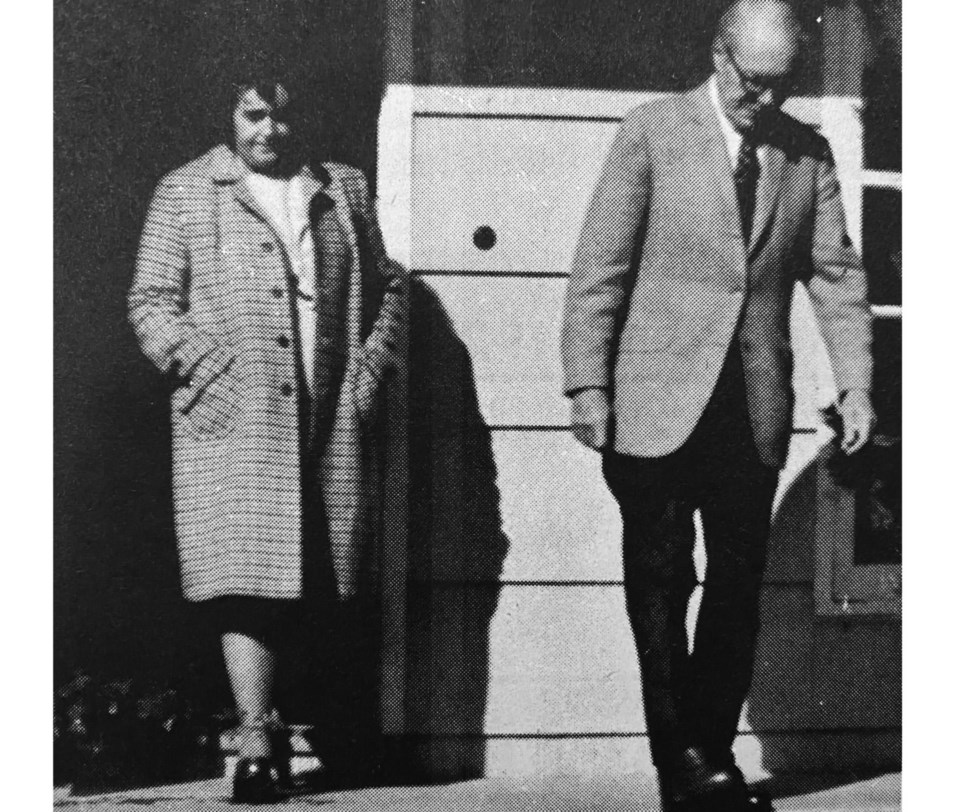Delta had a unique opportunity to add a lot more seniors and low-income housing to Ladner in 1971, a proposal that faced a frosty reception by the city and never got off the ground.
In October that year, Isabel Dawson, provincial minister without portfolio, toured the Canadian Forces base and outlined a proposal to use the site for low-income and seniors housing, expressing enthusiasm about the potential of the residential community at the base.
“It’s a shame to see all these homes vacant when everywhere people are crying out for more housing,” she said.
Located at the former Vancouver Wireless Station that closed that year, the vacant residential community is now used as an off-leash dog area.
In 1971, Dawson outlined the government’s policy of low-income housing which included low-cost housing units, much like cottages, grouped together, preferably near a personal care facility.
The idea was to have the elderly living in multiple stages of housing including living on their own with some outside assistance to a system whereby middle-aged couples would take into their home an elderly couple or individuals as boarders.
The last stage was elderly moving into extensive care facilities.
Dawson was accompanied by other government officials for the tour, and they expressed surprise that a complete community existed on the base including chapels, a community hall, playgrounds, a grocery store and school.
It was agreed by the group that a variety of tenants would be necessary because senior citizens need to be around young people, and because a cross-section is vital to a well-rounded community.
The Crown Assets Disposal Corporation, into whose hands the future of the base rested, had planned to dispose the site.
The housing idea never got much further for the site now called the North 40 Park Reserve.


